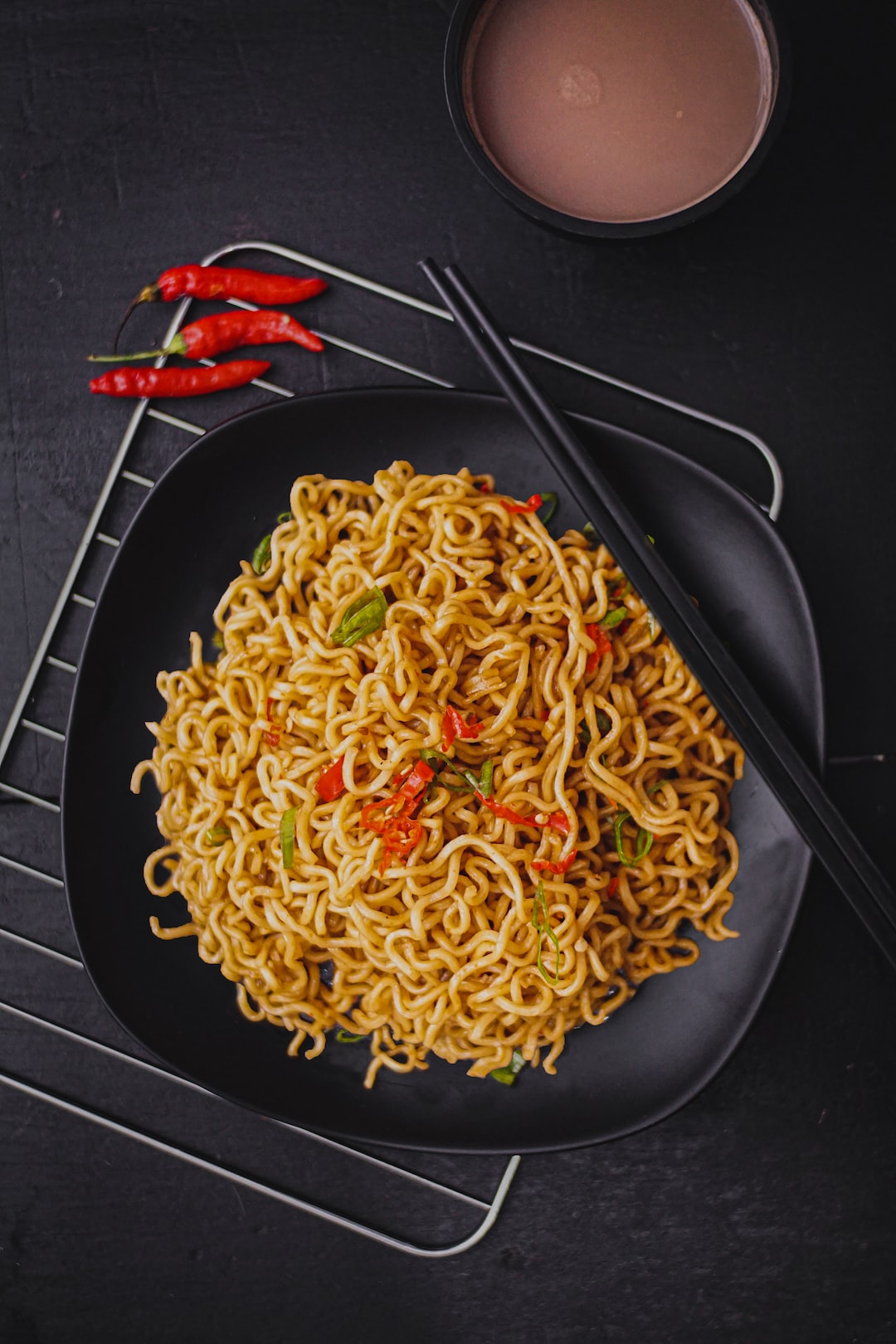Discovering the Art of Wine Pairing: A Beginner’s Guide
Wine has been an integral part of human civilization for centuries. Its rich history, vibrant flavors, and versatility make it one of the most beloved beverages in the world. However, wine can be intimidating to the uninitiated, with its countless varieties, regions, and complex terminology. One aspect that particularly puzzles beginners is wine pairing – the delicate art of matching wine with food. But fear not, for this beginner’s guide will demystify the art of wine pairing and help you make informed choices that enhance both your dining experience and appreciation of wine.
Understanding the Basics
Before diving into the intricacies of wine pairing, it’s essential to understand the basic components of wine and how they interact with food. Wine consists of four primary components – acidity, sweetness, tannin, and alcohol. These elements play a crucial role in determining how a wine interacts with different flavors and textures found in food.
Acidity: Acidity gives wine its crispness and freshness. It is particularly important when pairing with rich and fatty foods, as it works as a palate cleanser and cuts through the richness, leaving the taste buds refreshed.
Sweetness: The sweetness of wine is an essential consideration when matching it with food. Sweet wines pair well with spicy or bold-flavored dishes, as the sweetness balances out the heat or intensity.
Tannin: Tannins are mostly found in red wines and can be detected by the slight bitterness or astringency they impart. Tannic wines go well with fatty meats or dishes as they cleanse the palate and provide structure to the pairing.
Alcohol: Alcohol content affects the body and overall experience of a wine. Higher alcohol wines tend to pair well with richer dishes, whereas lower alcohol wines are more suitable for lighter fare.
Principles of Wine Pairing
Now that we have a basic understanding of wine’s components let’s delve into some fundamental principles of wine pairing.
Match Intensity: When pairing wine with food, it’s crucial to ensure that neither wine nor food overpowers the other. Light-bodied wines pair well with delicate, subtly flavored dishes, while robust and full-bodied wines are better suited for richer and heavier dishes.
Balance Flavors: The goal of wine pairing is to create a harmonious balance between the flavors of both the wine and the food. Consider complementing flavors, contrasting flavors, or even mirroring flavors to enhance the overall dining experience.
Consider the Sauce: When choosing a wine to pair with a particular dish, don’t forget to consider the sauce or seasoning used. The sauce often plays a pivotal role in determining how well a wine pairs with a dish. For example, a rich tomato-based sauce would pair perfectly with a full-bodied red wine.
Focus on the Region: Wine and food from the same region often have a deep-rooted cultural connection, making them natural companions. Exploring regional pairings can be a fascinating way to discover harmonious flavors that have been enjoyed for centuries.
Classic Pairings
While wine pairing is a subjective art, certain classic combinations have stood the test of time. Here are a few tried and true wine and food pairings that beginners can explore:
Chardonnay and Roast Chicken: A buttery, lightly oaked Chardonnay complements the richness of roast chicken, creating a delightful pairing.
Pinot Noir and Salmon: The delicate flavors of Pinot Noir beautifully complement the fatty and tender texture of grilled or roasted salmon.
Cabernet Sauvignon and Steak: The boldness of a Cabernet Sauvignon stands up to the intense flavors in a juicy steak, resulting in a classic pairing loved by many.
Sauvignon Blanc and Goat Cheese: The herbal and citrus notes of Sauvignon Blanc enhance the tangy and creamy flavors of goat cheese.
Final Thoughts
Wine pairing is a skill that develops over time with experimentation, exploration, and an open mind. Remember, the ultimate goal is to create a harmonious dining experience where the wine and food elevate and complement each other. While guidelines and classic pairings provide a starting point, don’t be afraid to trust your own instincts and experiment with unconventional combinations. The beauty of wine pairing lies in the endless possibilities, ensuring that each dining experience becomes a delightful adventure for your taste buds. So open a bottle, explore the world of wine, and embark on a sensory journey that will keep you captivated for years to come.
